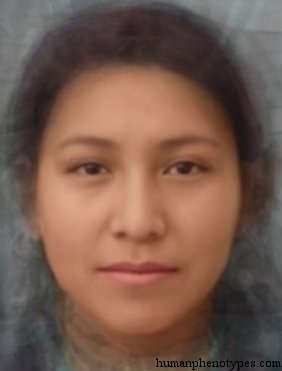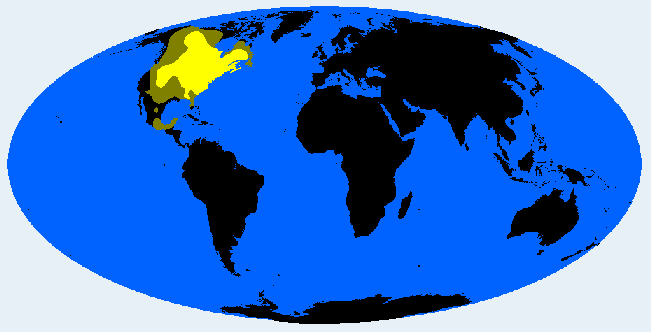Description:
Native American group that was typical for the vast forests of modern Canada and the North American East Coast. Developed out of various Stone Age migrations across the Bering Strait. After reintroduction of the horse to America by Europeans, Silvids started to populate the Great Plains to hunt buffaloes. Later wars and disease dramatically reduced their numbers, today a few hundred thousand remain. Silvids are tall with robust bodies and large skulls of medium length, face relatively long and angular, mildly flattened, nose prominent and convex, occasional Mongolian folds, broad mouth, sturdy chin, thin lips, yellowish light brown skin. From Canada to the Great Plains, the Planid variety shows lower and broader skulls combined with longer noses. The Appalacid variety, native to the East Coast states, shows broader noses, higher and longer skulls, as well as thinner bodies.Names:
Silvid (Eickstedt, 1937. 1952; Canals-Frau, 1950; Vogel, 1974; Lundman, 1943, 1967, 1988; Knussmann, 1996), Atlantic (Debets, 1974; Alexeev, 1979), Nord-Atlantique (Vallois, 1968), Planid (Imbelloni, 1958), North Atlantid (Drexel, 1955),.






